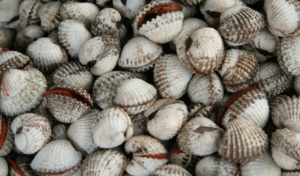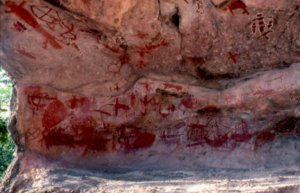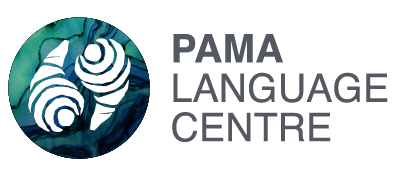Princess Charlotte Bay
Language Points
Jan translation here
Shell deposits have been found in various locations in this area. Scientists have dated the shell deposit on the floor of Walemini Rockshelter (Bathurst Head) and it shows that people started using this shelter around 4,700 years ago. The shell deposit on the floor of Alkaline Hill Rockshelter (further south inland) has been dated to be 3,500 years old. Tools created from shellfish have also been found here. In these rock shelters there are paintings of marine organisms.
On Stanley Island (Flinders Islands), both inside Yintayin Rockshelter and on the foreshore there are shell remains and shell middens that have been dated to be 2,500 years old. They contain reef shellfish, turtle, dugong, and fish remains as well as wallaby bones. Wallabies do not live on Stanley island nowadays. There are also many paintings on Stanley Island and on some of the other Flinders Islands. The paintings of Yintayin Rockshelter are famous for depicting vessels that seem to be a different type of vessel than the Endeavour of Cook, which sailed past in 1770.
Along the mainland coast, on the shelly chenier ridges between Bathurst Head and Marrett River many shell scatters and shell dome shaped mounds have been found and dated between 2,000 and 500 years ago. These are predominantly composed of the Anadara granosa shellfish species, like in Albatross Bay.

Anadara granosa or ‘blood cockle’, the main type of shellfish found in shell middens in Princess Charlotte Bay and in Albatross Bay (as well as many shell deposits on Australia’s northern shores). Image taken fron Wikipedia. [Permissions TBD]

Rock art from the Yitayin Rockshelter on Stanley Island (Flinders Islands). Image taken from Wikipedia: https://en.wikipedia.org/wiki/Stanley_Island#/media/File:StanleyIslandRockArt_NorthWall.png
[Permissions TBD]
